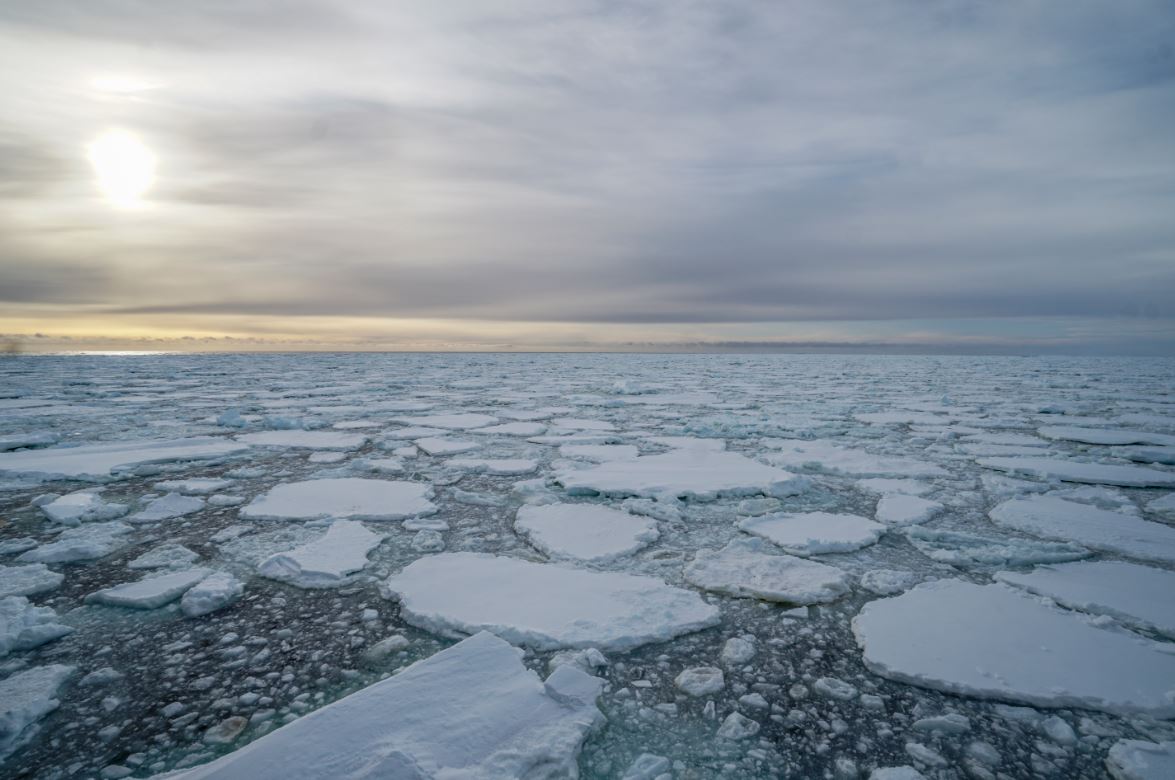After decades of sounding the alert, a team of scientists has just estimated that the Arctic sea ice could disappearin summer from as early as 2030 onward. “This is about a decade earlier than the recent IPCC projections“, points out Seung-Ki Min, co-author of the article. This would even be the case in a scenario of low Green House Gas (GHGs) emissions.
What does this new study say about the Arctic?
We know that the surface area of the Arctic sea ice has been shrinking for decades, with a more significant decline since 2000. However, using observational data over the 1979-2019 period to undertake projections/simulations, a team of scientists indicated that the first September without sea ice is likely to occur as early as 2030-2050, whatever the projected scenarios of emissions.
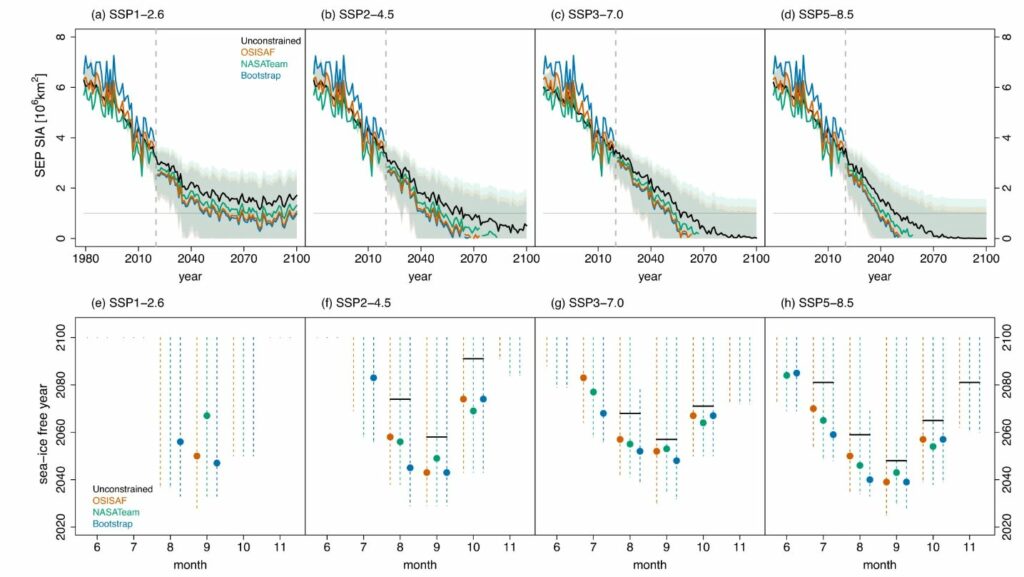
An important fact, and one that won’t please the climate sceptics who have been raging on social media since the study came out: human activity and GHG sare overwhelmingly responsible. Aerosols, solar and volcanic activity account for a much smaller contribution.

Source : Observationally-constrained projections of an ice-free Arctic even under a low emission scenario
Why is September a reference month? Arctic sea ice reaches its annual minimum area at the end of the summer, in September, as the IPCC report showed in 2021. Furthermore, in 2021 (i.e. after the publication of WG1 of the latest IPCC report), Arctic sea ice was at its second lowest level ever recorded.
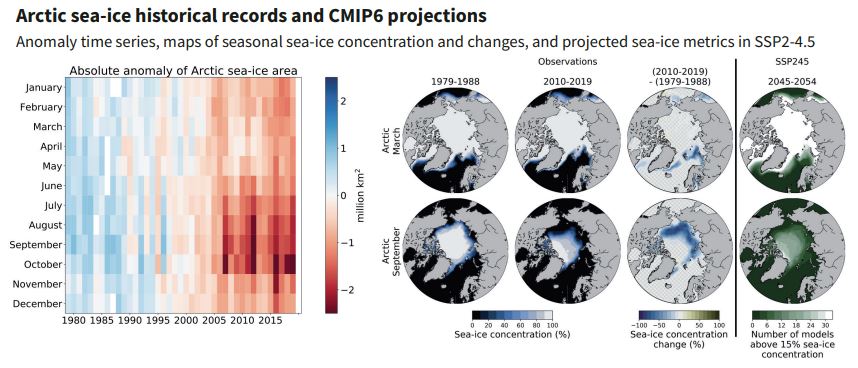
10 years earlier than predicted
The IPCC’s Sixth Assessment Report estimated that, under intermediate and high GHGs emissionscenarios(but not under low emission scenarios),the Arctic would be, on average, virtually ice-free in September (i.e.less than 1 million km² of sea ice) by the middle of the century. This is the major difference and novelty announced by this study.
“This is about a decade earlier than the recent projections of the IPCC, the UN-mandated group of climate experts”, points out Seung-Ki Min, from the South Korean universities of Pohang and Yonsei, co-author of the article.
It is important to understand that “the first year without sea ice will not necessarily be a tipping point“, emphasises oceanographer and climatologist Jean-Baptiste Sallée, co-author of the latest IPCC report, in Le Figaro. “We need to make a clear distinction between a one-off event and an ice-free summer that would be a repeated event over several years and be considered a ‘response to climate change’. When ice-free summers become the norm, then we will likelyhave reached a tipping point,and the only way to go backis to reduce global temperatures“.
Is the Arctic sea ice a tipping point?
There may be some confusion about the term “tipping point”. Some people have communicated that the Arctic sea ice is a tipping point, but others have not, and it is important to define the term clearly.
What is a tipping point?
Although the principle has been known to scientists for several decades, it is only recently that the term ‘tipping point’ has been used explicitly. The IPCC referred to it for the first time in its 4th Report, and now refers to it in every report (and special reports). The Special Report 1.5 includes a definition of tipping point:
“A level of change in system properties beyond which a system reorganizes, often abruptly, and does not return to the initial state even if the drivers of the change are abated. For the climate system, it refers to a critical threshold when global or regional climate changes from one stable state to another stable state”.
The second very important concept is irreversibility, a term used to describe “a perturbed state of a dynamical system is defined as irreversible on a given timescale, if the recovery time scale from this state due to natural processes is substantially longer than the time it takes for the system to reach this perturbed state”.
It should be noted that these tipping points can be caused either by natural climate fluctuations or by external forcing, such as global warming. These tipping points, which are likely to occur in the next one to two centuries (or even earlier) with anthropogenic emissions, are likely to lead to an irreversible trajectory. It would then take centuries, or even thousands of years, to return to the initial situation.
What are the different tipping points?
There are several tippingpoints and these are varied. These includes: the Amazon rainforest; the melting of the Arctic sea ice; the partial (Antarctica) or total (Greenland) melting of the ice caps; changes in thermohaline circulation, the transformation of the Amazon rainforest into savannah; the weakening of the Indian summer monsoon rainfall; the thawing of the permafrost (which would release GHGs), and so on.
In 2018, Steffen & al. published a map summarising the main theoretical tipping points from an estimated threshold temperature where Arctic summer sea ice was present:
Global map of potential tipping cascades.
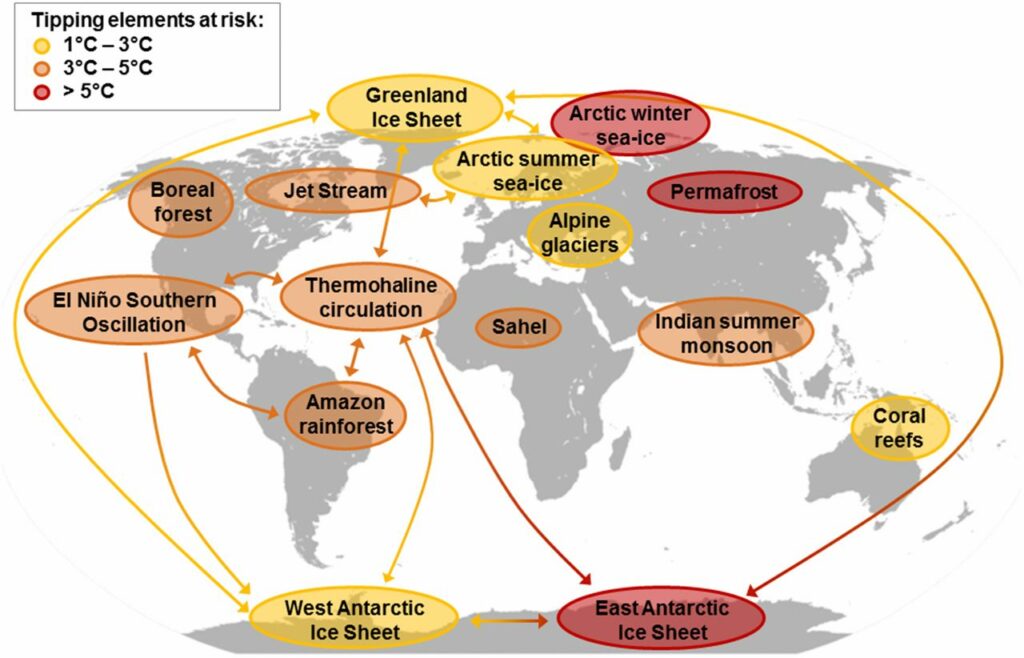
NEWSLETTER
Chaque vendredi, recevez un condensé de la semaine, des infographies, nos recos culturelles et des exclusivités.
ALERTE
Une alerte dans votre boite mail, pour être mis au courant dès qu’un nouvel article est en ligne sur Bon Pote
Can we state categorically that Arctic sea ice is a tipping point?
Dirk Notz, co-author of the study, said that “this will be the first major component of our climate system that we lose as a result of our greenhouse gas emissions“.
But the IPCC states in its latest report that the loss of Arctic sea ice in summer is not a tipping point (high confidence, page 5 of chapter 9). This was also the conclusion reached by McKay & al. in their study published in September 2022, in which the tipping point for Arctic sea ice was ruled out.
This is also what Jean-Baptiste Sallée confirms: with the IPCC definition, this is not a tipping point, because, if we reduce warming, the ice will come back. In physical terms, it’s very clear. If some people consider this to be a tipping point, it’s probably because global warming is not going to stop any time soon, and the promises made by governments are taking us towards a world with a global warming rate well over +2°C (potentially +4°C in France). And as we know, promises only bindthose who believe them…
It is important to note that these tipping points are difficult to define precisely, and once triggered, they do not necessarily lead to an abrupt and immediate change in the climate: the change is well and truly established once the ‘threshold’ has been reached, but the consequences can be spread over centuries or over even thousands of years, as in the case of rising sea levels.
What are the possible consequences of Arctic summers without sea ice?
“Without any hesitation, the most important consequence will be an increase in the extreme weather events we are currently experiencing, such as heatwaves, forest fires and floods” said Seung-Ki Min, who led the study. “We must reduce CO2 emissions more ambitiously and prepare to adapt to this more rapid warming of the Arctic and its repercussions on human society and ecosystems“.
The phenomenon will also accelerate Arctic warming, which may “increase extreme weather events at mid-latitudes, such as heatwaves and forest fires. It may also accelerate global warming, by thawing the permafrost, and rising sea levels by melting the Greenland ice cap“.
The consequences go far beyond the Arctic
In a French newspaper, Jean-Baptiste Sallée points out that “sea ice reflects the sun’s rays. Its disappearance will exacerbate global warming, with the risk of triggering a vicious circle that could, for example, impact the Greenland ice cap“.“This ice cap contains enough ice to raise sea levels by six to seven metres“explains glaciologist HeïdiSevestre for Bon Pote.
Other consequences include:
- Greater coastal erosion in the Arctic: the sea ice protects the coasts from the erosive action of waves throughout the Arctic;
- More fog in the Arctic;
- New navigation routes, with all the geopolitical implications that itimplies;
- A threat to marine biodiversity, with endangered ecosystems serving as fishing and hunting grounds for the region’s Inuit communities;
- The decline in sea ice in the Barents and Kara Seas alone could explain up to a third of the winter warming on the Tibetan plateau.
Finally, the lead author of the study also points out that sea ice “is a driving force behind global ocean circulation“: its disappearance over the space of one or more months could also have consequences that are difficult to assess at present.
It’s too late to save the Arctic summer sea ice
“It’s too late to save the Arctic summer sea ice” is a chilling statement that should be on the front page of every newspaper. While catastrophism is to be avoided because it can lead to inaction, this new study should have been the most publicised event of the year, given the extremely serious consequences it will have for mankind. To note that the Arctic is not the only one suffering, the Antarctic is also in a very bad way.
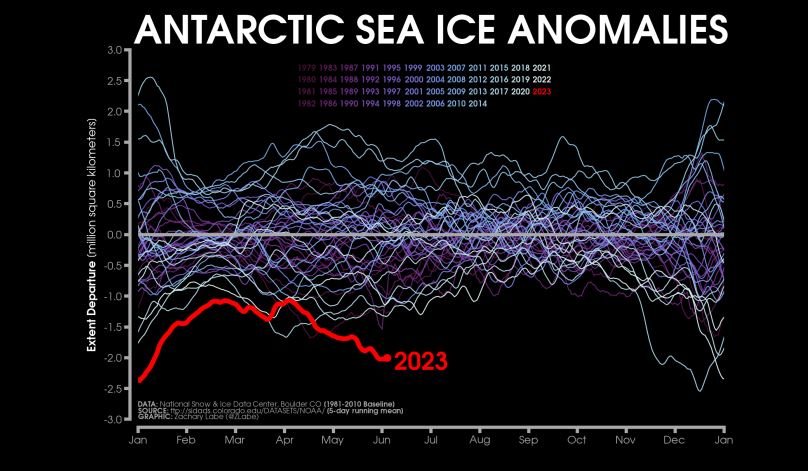
“Scientists have been warning of this disappearance for decades, and it’s sad to see that these warnings have largely been ignored”,lamentsthe study’s lead author. This is what everyone should remember: Scientists are not listened to, if not deliberately ignored.
No government in the world has a plan to comply with the Paris Agreement.French President,Emmanuel Macron, has recently made statements such as “who could have predicted the climate crisis“. While the IPCC reminds us that our climate future is in our own hands, our leaders urgently need to assume their responsibilities and proceed to a drastic and rapid reduction of fossil fuels consumption.
This is a matter of life and death for millions of people in the short term. Promises have no effect on global warming: only actions count.

